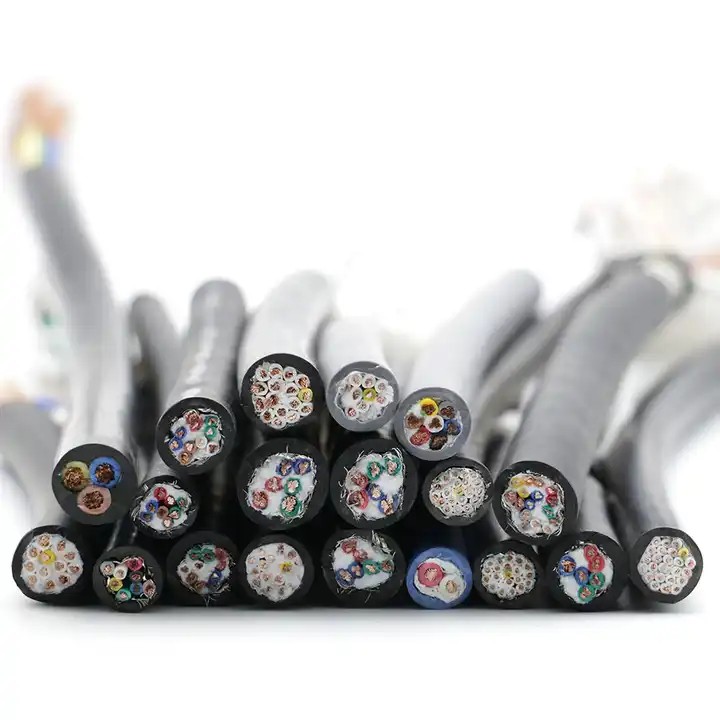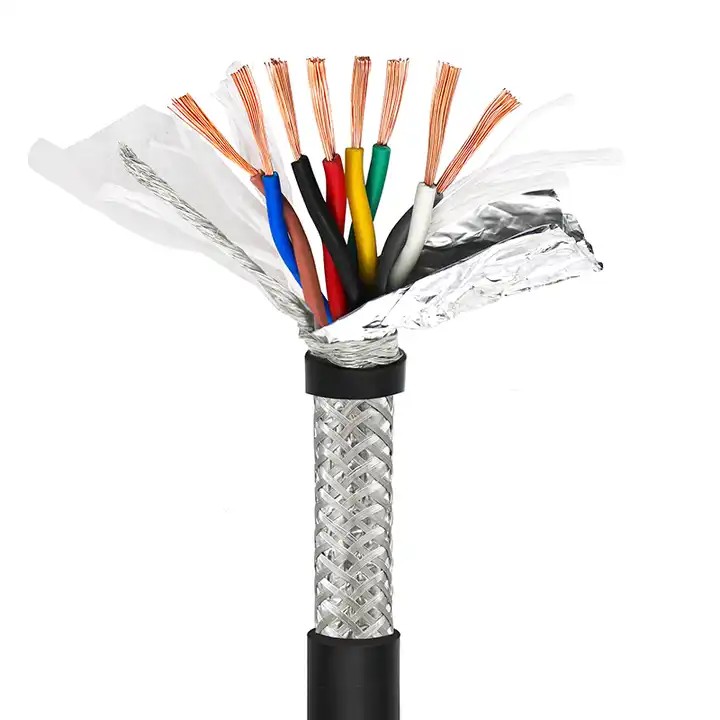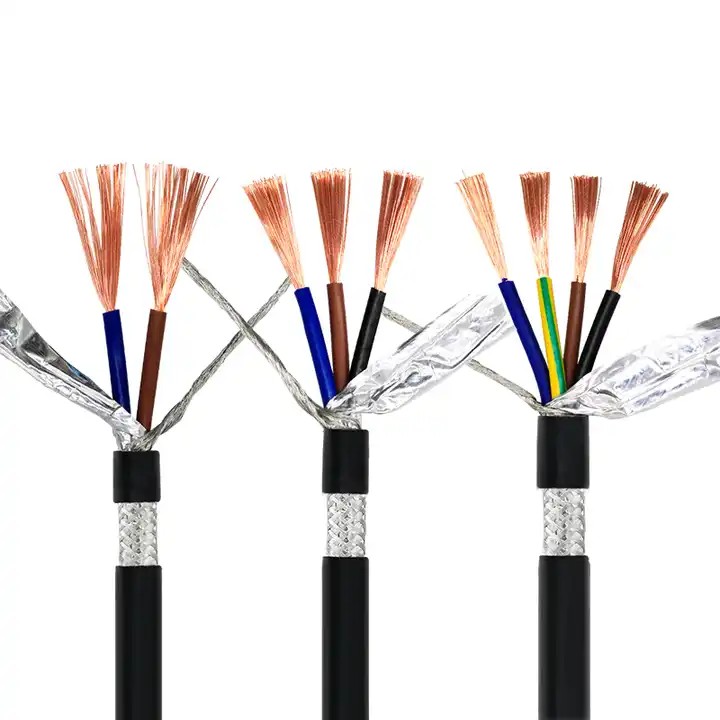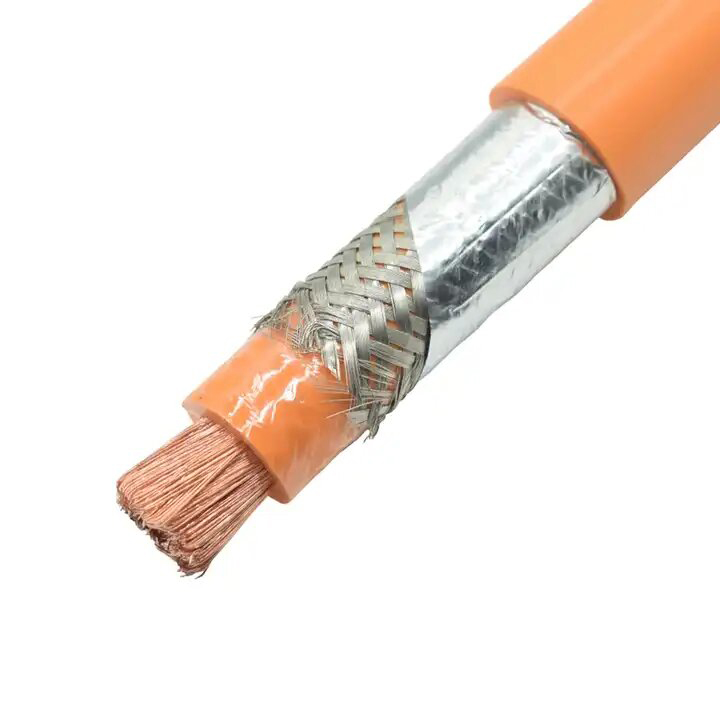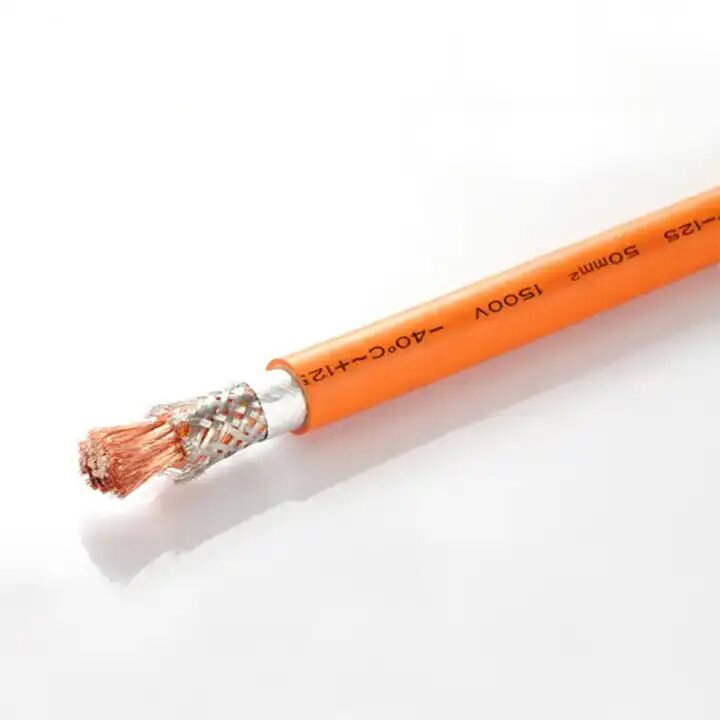How to Safely Use an EV Charger Cable for Home Charging?
Published:
2025-03-24 14:42:45
Learn how to safely use an electric vehicle charging cable at home. Discover tips on choosing the right EV charging cable, installation, and best practices for home charging.
As electric vehicles (EVs) continue to gain popularity, more people are opting for home charging solutions to power their vehicles overnight. Using an EV charging cable safely is essential to protect both your vehicle and your home’s electrical system. Whether you’re a new EV owner or have been using a electric vehicle charging cable for some time, it’s important to understand the best practices for safe and efficient use. Here’s a guide to ensure you’re using your EV charging cable correctly at home.

1. Choose the Right EV Charger Cable
The first step in safely using an EV charging cable is ensuring you have the right one for your vehicle and home setup. EV charging cable manufacturers offer a variety of options, including standard Level 1 chargers, which use a regular household outlet, and faster Level 2 chargers, which require a dedicated 240-volt circuit.
Level 1 Charging: This is the most basic and easiest way to charge your vehicle at home. It uses a standard 120V outlet and is suitable for daily commuting with minimal range requirements.
Level 2 Charging: For faster charging, a Level 2 electric vehicle charging cable is ideal. It requires a dedicated 240V outlet and charges your EV much faster than Level 1.
Make sure to choose an EV charging cable that is compatible with your vehicle’s charging port and the power outlet in your home.
2. Inspect the Charging Cable Before Use
Before using your EV charging cable, always check it for any signs of damage. Look for frayed wires, exposed metal, or cracks in the cable insulation. If you notice any damage, do not use the cable and replace it immediately. Using a damaged cable can lead to electrical hazards such as short circuits or fires. EV charging cable manufacturers design their products with safety in mind, but regular inspection is essential to avoid accidents.
3. Use a Dedicated Circuit for Level 2 Charging
If you plan on using a Level 2 electric vehicle charging cable at home, it’s important to have a dedicated circuit installed. A Level 2 charger requires significantly more power than a standard household outlet, and sharing this circuit with other appliances could overload your system and cause a power outage or even a fire. Hire a licensed electrician to install a dedicated 240V circuit and ensure it is properly grounded and protected by a circuit breaker.
4. Avoid Overloading the Circuit
For Level 1 charging, make sure to plug the EV charging cable directly into the outlet without overloading the circuit. Avoid using high-power devices, like air conditioners or space heaters, on the same circuit while charging your EV. Overloading the circuit can cause overheating, which can lead to fires or damage to the electrical components of your home.
5. Keep the Charging Cable Dry
Like any electrical equipment, EV charging cables should always be kept dry. Moisture can create electrical risks, especially if the cable is plugged into an outlet or charging station while wet. Always ensure the cable and the charging port are dry before use. If you’re charging outside, consider investing in a weatherproof charging station to protect your cable and the charging equipment from rain or snow.
6. Use the Cable as Intended
To ensure the longevity of your EV charging cable, always use it as intended. Avoid pulling, twisting, or stepping on the cable, as this can cause internal damage to the wiring. When not in use, store the cable in a cool, dry place, away from direct sunlight or extreme temperatures. Keeping the cable neatly coiled can also prevent tangling and potential wear and tear.
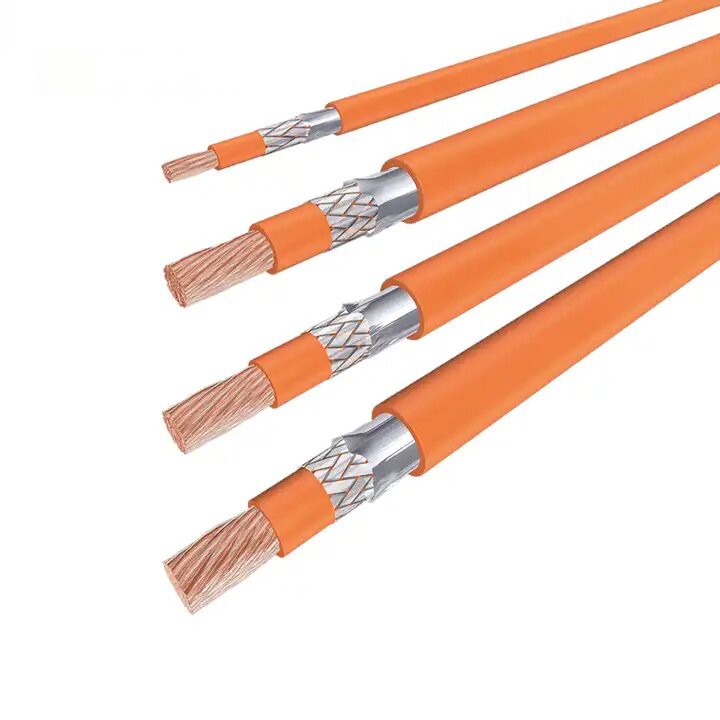
7. Install a Charging Station for Convenience
If you're using your EV charging cable regularly, installing a dedicated EV charging station at home is a great way to ensure safe and efficient charging. A charging station is designed to securely hold the cable and provide a more streamlined charging experience. Many charging stations also include built-in safety features, such as surge protection and temperature monitoring, which help prevent electrical issues.
8. Follow Manufacturer Guidelines
Lastly, always follow the manufacturer’s instructions and guidelines for your electric vehicle charging cable. Each EV charging cable manufacturer provides specific recommendations for optimal use, safety precautions, and maintenance. By adhering to these guidelines, you’ll ensure that your charging setup is both safe and effective.
Using an EV charging cable for home charging can be an efficient and cost-effective way to power your electric vehicle, but safety is paramount. Whether you’re using a basic Level 1 charger or a faster Level 2 charger, choosing the right cable, ensuring proper installation, inspecting the cable regularly, and following manufacturer guidelines are all essential steps for safe home charging. By following these best practices, you can enjoy the convenience of home charging while keeping your electrical system and vehicle safe.


